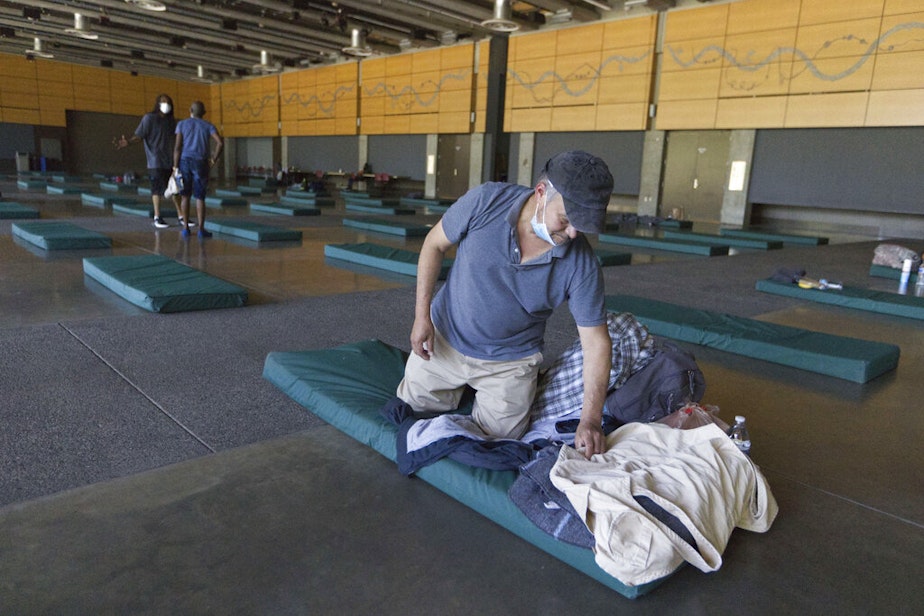Five more Seattle libraries to become extreme-heat refuges

Cold cash from the Federal Emergency Management Agency is helping Seattle cool its libraries.
The city has received a $5.5 million grant to turn five public libraries into cooling centers to help residents escape extreme heat and wildfire smoke.
“As public spaces open to all, libraries make our communities more resilient to the impacts of climate change, especially for our most vulnerable neighbors,” Seattle Chief Librarian Tom Fay said.
When a heat dome smothered the Pacific Northwest in 2021, some Seattle libraries were able to take people in who had no other place to stay cool.
Many other public spaces were too hot to provide refuge or even stay open.
“Extreme heat is now a reality for our region, and air conditioning has become a necessity,” FEMA regional administrator Willie Nunn said. “Yet many can’t afford this.”
Sponsored
The record-smashing 2021 heat dome killed an estimated 1,200 people in British Columbia, Oregon, and Washington, while a less-extreme 2022 heat wave killed at least 24 people in Oregon and Washington and sent 544 people to emergency rooms in Washington.
Heat waves have gotten more intense and more frequent with climate change, a trend that is expected to continue until the world stops burning fossil fuels.
With the new federal grant, Seattle officials say they’ll be able to upgrade the city’s five remaining public libraries that don’t have air conditioning.
Within two years, the Columbia, Fremont, Queen Anne, University, and West Seattle libraries are expected to have air that is both cool and filtered to keep out any wildfire smoke. The libraries' aging gas-powered heating systems are also to be replaced by efficient electric systems, reducing the buildings' carbon footprints.
The goal is for all 27 Seattle Public Libraries to serve as refuges when heat or smoke make other places unbearable.
Sponsored

Many “cooling centers” that opened in Seattle and Tacoma during the triple-digit temperatures of June 2021 saw little use, whether due to inconvenience or the risk of catching Covid.
Seattle Office of Emergency Management director Curry Mayer said having cooling centers in libraries will make them attractive for more than just cool, clean air.
“Not only is this a place to go with air-conditioning, but it’s also a beautiful library, so people will have something to do while they’re escaping the heat,” Mayer said.
Sponsored
According to the latest Census Bureau surveys, conducted in 2021, most low-income households in the Seattle area don’t have air conditioning.
Energy-efficient heat pumps and air conditioners have sold briskly since that survey, with subsidies and giveaways from several government agencies.
Federal funding for free air conditioners for low-income households in Washington state in 2024 ran out on July 31, according to the Washington Department of Commerce. Funding is still available to help low-income residents pay their energy bills.
“Seattle is proud to be global leader on addressing the climate crisis,” Mayor Bruce Harrell said in a press release announcing the cooling-center grant, echoing similar claims made by Seattle mayors since 2001.
The accuracy of Harrell’s claim is unknowable at the moment: The city has only reported its emissions of heat-trapping pollution through the year 2020.
Sponsored
An inventory of the city’s climate-damaging pollution in 2022, Harrell’s first year in office, will be released by December, according to Seattle Office of Sustainability and Environment spokesperson Kristin Brown.




